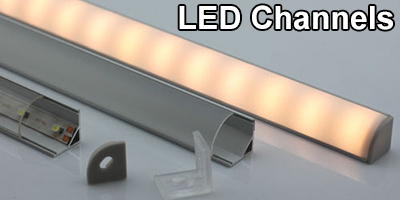Hi,
One of my slots on the C9000 charger is having issues and this diode seems to be dead:

Can anyone help me with the identification? Guy troubleshooting it measured voltage around 4.96V on its healthy brothers We were having issues identifying it by the colour code (if this is possible at all).
We were having issues identifying it by the colour code (if this is possible at all).
Cheers
One of my slots on the C9000 charger is having issues and this diode seems to be dead:
Can anyone help me with the identification? Guy troubleshooting it measured voltage around 4.96V on its healthy brothers
Cheers
Last edited by a moderator:

